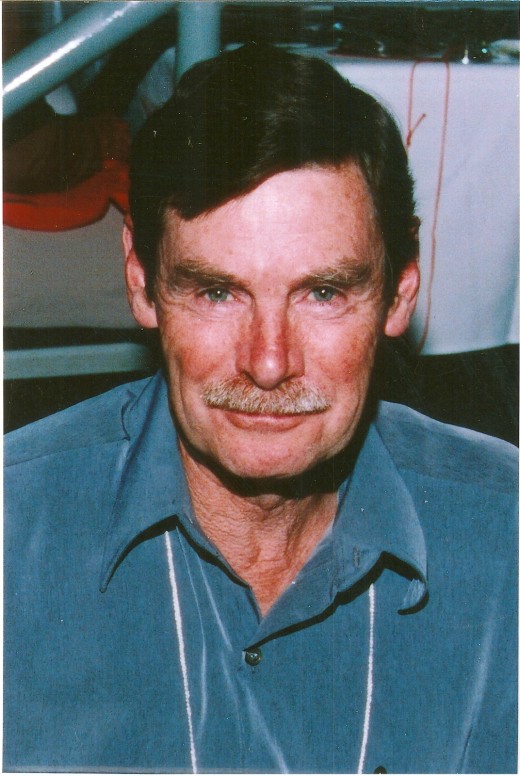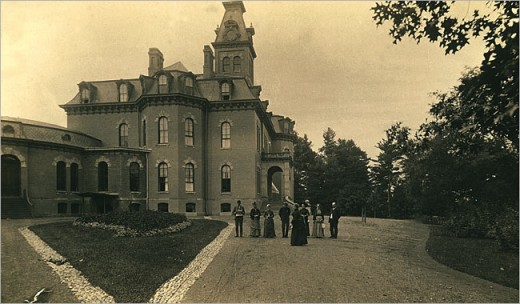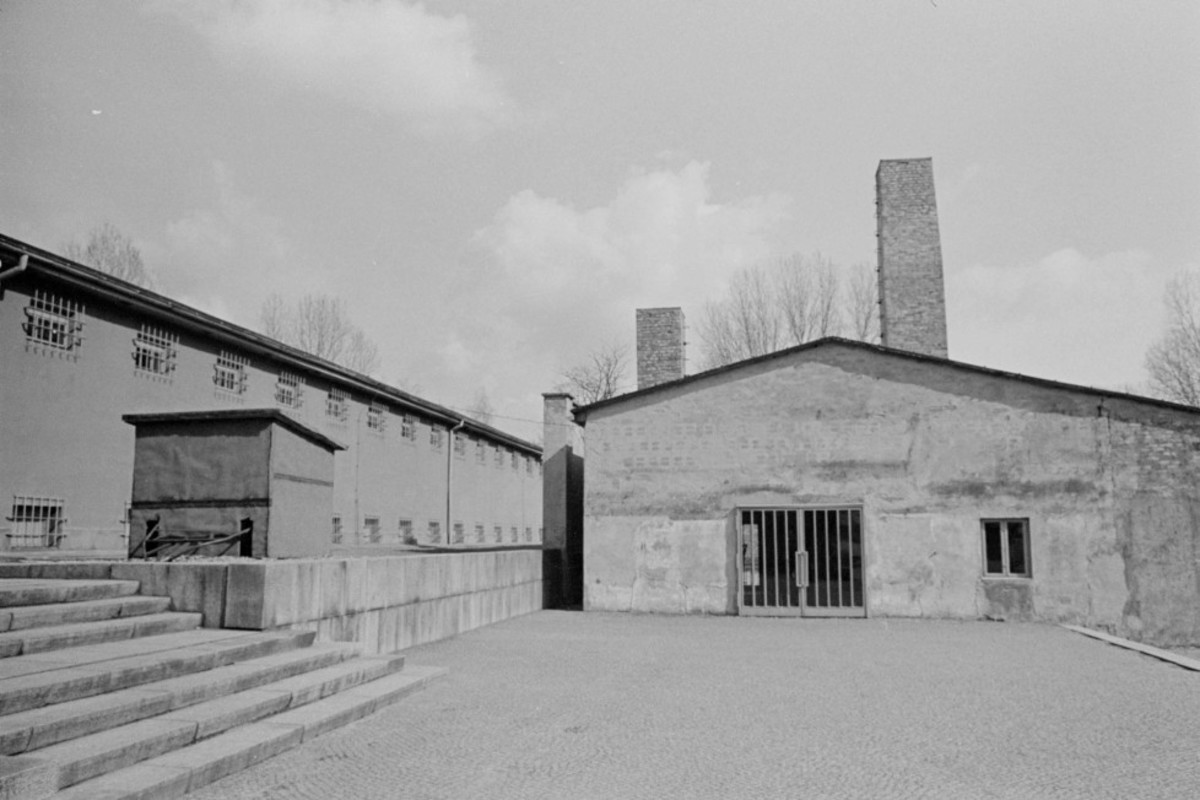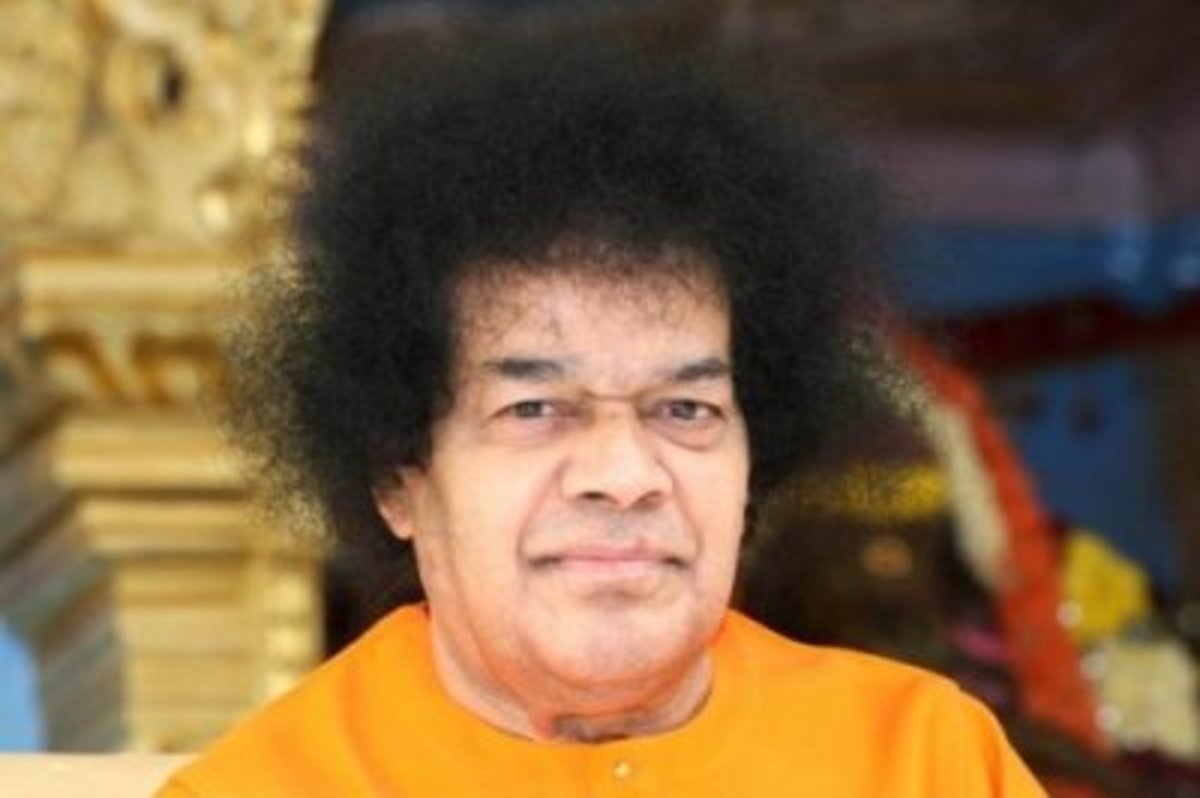A Life Well Lived : Elisabeth Kubler-Ross - The Death and Dying Lady
The Death and Dying Lady - Elisabeth Kubler-Ross

A life well lived
It was a warm summer evening that I first heard of Elisabeth Kubler-Ross. There were four of us going out for a night on the town. As my wife and I, along our companions came up the steps at Town Hall Station into George Street we noticed a crowd of people gathered outside of the Town Hall. It was not a pleasant evening, humid and drizzling rain. Yet here were all these people waiting, queuing to go inside. “What had brought them out?” I wondered.
I stopped and asked a man in the crowd. “Oh, it’s Elisabeth Kubler-Ross. You know, the Death and Dying and that sort of thing. She’s travelling the world talking about life after death- survival, that sort of thing. Marvellous speaker...”
I never got to hear her speak
Well, I never got the opportunity to go inside to listen to her. We were out for a night of entertainment- the movies, with a meal afterwards. I felt sure that I could hardly ask the others if they like to go to a lecture on death and dying.
I heard nothing more on Elisabeth until I noticed an organisation in the phone book: The Elisabeth Kubler Ross Foundation. I rang up about it, but they seemed very reluctant to talk with me. I had the impression they were trying to fob me off.
Later, I learned why. Most of the people who belonged had had a relative die, or was currently dying of cancer. Elisabeth was a physician and a psychiatrist who dealt not only with people dying of cancer but with those ‘loved ones’ who survived them.
A life well lived

Even as a young woman, she got to see a lot of people in the final moments of their lives
Elisabeth Kubler-Ross was born in Switzerland in 1924, I think. A brilliant mind, she became a laboratory assistant at sixteen, with the intention of going on to medicine. She wanted to be a research scientist. Never backwards in coming forward, Elisabeth was offered a position of looking after terminally ill prostitutes who were dying of advanced venereal disease. She got the job really, because no one else wanted to take it on. So, even at an early age, she got to see a lot of people in the final moments of their lives.
When World War Two ended in 1945 Elisabeth joined the International Peace core and, two years later, managed to wangle a posting to Poland. Poland in 1947 was a harsh, brutal environment. There were bombed out building everywhere. Medicos were few and far between, and although she was still a trainee doctor she was thrown into the melee of fixing up all manner of wounds, illness and sickness by simply mentioning that she had had some medical training.
A visit to Dachau Concentration Camp just after the war shocked her to the core
Working with two stalwart women, Hanka, and Danka, women who had fought in the Polish resistance against the Germans, our death and dying lady patched up many a wound. She also visited Dachau Concentration Camp. Despite the fact the war had been over for two years, Dachau remained pretty much as it had when the allies had liberated the prisoners there in 1945. What upset Elisabeth more than anything were the contents of certain railway carriages -goods wagons- that lay on the sidings there. She found one box car full of crates of human hair. These were going to be sent back to Germany to make warm apparel for the soldiers. There was another carriage filled with trinkets, cheap jewellery etc.. But the one which most shocked her to the core of her being was the one filled with babies rattles, teddy bears, and cuddly toys the guards had taken from the tiny tots before they’d sent them to the gas ovens.

A life well lived : Elisabeth Kubler-Ross determined to help make the world a better place
Elisabeth was moved so much that she determined she would endeavour to make the world a better place. She married, moved to New York, and got a job in a government-run psychiatric hospital. She was told that the inmates were incurable.
Her particular task was to administer and treat some seventy so-called incurable schizophrenics. None would get better, she was told. After only four years of the loving attention given to them by Elisabeth, 94% of these incurables were cured. They were released into the world again.
But the real work of Elisabeth began when she took on the job of working with people dying of cancer. Elisabeth wanted to give these dying people a chance to discuss how they felt. She also wanted to train hospital staff to be aware of these wants, these last wishes. So what she did was to arrange to have someone who was obviously on their last legs, so to speak, with only a few days at most remaining, to be interviewed by herself- and for that interview to go out on close-circuit television to hospital staff who could view it in another room.

Like all pioneers, she came up against entrenched opposition
Elisabeth opposed by the other doctors. They fought to have her stopped. They felt this morbid and unwarranted. However, the nursing staff, and one other doctor, gave her their full support. Eventually, even the doctors who were against it began to sense the merits of what was going on.
After some years, of doing this Elisabeth was ‘discovered.’ She wrote a book on Death and Dying. It made Time Magazine, I think. Soon she was on television. The doctors who were her enemies, fought to have her thrown out of the hospital. She resigned, and went on a world-wide trip talking, lecturing, on death and dying.
But what really got up the nose of those in authority were Elisabeth’s stories about people who had had NDE and reported what they remembered afterward. And to top all of these stories was one in particular where a patient, who had died some hours before, was actually seen by Elisabeth walking the corridors of the hospital. This so-called dead patient, actually spoke to Elisabeth and asked that she not give up her work working with the terminally ill. She wanted Elisabeth to tell the world that death is an illusion.
The Astral Body

Elisabeth Kubler-Ross did many things with the rest of her life
Elisabeth did many things with the rest of her life. But the thing she is most remembered for are her moving lectures, presentations, and testimonials about ‘life after death.’
A remarkable woman- and one who truly loved human kind.
I hope you enjoyed this little piece on A Life Well Live : the Death and Dying Lady.
Regards,
Tom.
If you'd like to improve your online business, or simply learn more about happiness, the links below may be useful
- Regain-your-Happiness
- Marty Ware Online Management and SEO Systems
Marty Ware Online Management and SEO Systems helping small business and individuals succeed online








